Tags
Certification, College attended, Generalized Signaling, Signal jamming, Third-party reviews, Under-investment
In the canonical signaling model, a sender holding private information about her type chooses an action to change the beliefs of uninformed receivers about her type, e.g., a (future) worker chooses a higher education level to signal her ability. In other words, the chosen action serves as a signal of her privately known type. There are numerous examples of real-world settings that feature signaling, however, that work differently.
Suppose that, instead, the sender privately observes her type, and choses unobservable actions that together with her type determine an observable outcome, which acts then as a signal of both the sender’s type and her chosen actions. For example, consider the college attended by a worker. A more prestigious institution serves as a signal of both the innate ability or skill of the worker as well as of her effort in high-school and in studying for standardized tests. The worker, however, clearly does not choose her college, but her effort in high-school, volunteering, test prep, etc.
In “Actions and Signals,” co-authored with my colleague Mike Waldman, we introduce a generalized model of signaling that captures strategic incentives in these environments. We show that in equilibrium, a fundamentally different behavior than in the canonical signaling model, a special case of our framework, can arise.
If an action and a signal are one and the same, receivers know the sender’s action, and infer her type from the signal. In this scenario, over-investment, i.e. the sender choosing an action (=signal) that exceeds its efficient level, ensues (independent of whether the action is productive or not). This is because the sender gets rewarded for her action (as observed by receivers) but chooses an even higher level of the action to communicate that she is a higher type sender.
On the other hand, if an unobservable action and the sender’s type combine to generate an observable outcome that serves as a signal of both the action and her type, a different logic applies. When the sender chooses a higher level of the action, the signal increases. Receivers attribute some of this increase to a higher action and some of the increase to a higher type. As a result, equilibrium behavior of the sender depends on how the action and the sender’s type contribute to the observable signal vs. how they contribute to the sender’s output (for which receivers pay). In fact, if the action chosen by the sender is less important (relative to her type) for the signal than her output, under-investment results.
In terms of education signaling, this means that in cases where effort in high-school is of importance for future job-performance, the worker may choose an inefficiently low level of effort if it does not equally increase the quality of the college she will attend. We discuss education as well as third-party reviews such as rating systems or certification as two of the (many) applications of our model, and argue why the specific determinants in a signaling environment will be the drivers of efficiency in terms of over- or under-investment by the sender (or potentially both in the case of multiple actions).
We furthermore introduce incomplete sender information that allows us to span an environment with signaling (sender perfectly knows her type) and signal jamming (sender is uninformed) as the extreme cases, and show that uninformed sender behavior may be more efficient than that of a well-informed one. Finally, we discuss the tradeoffs between multiple actions and deal with productive signals, i.e., when the signal realization itself increases sender output.
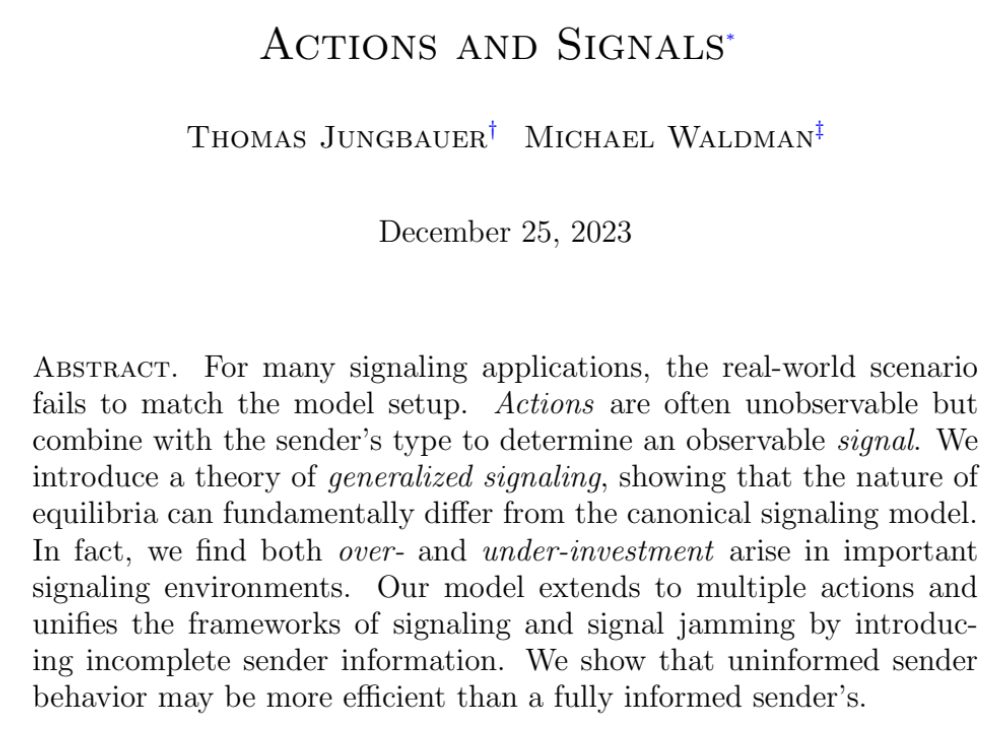


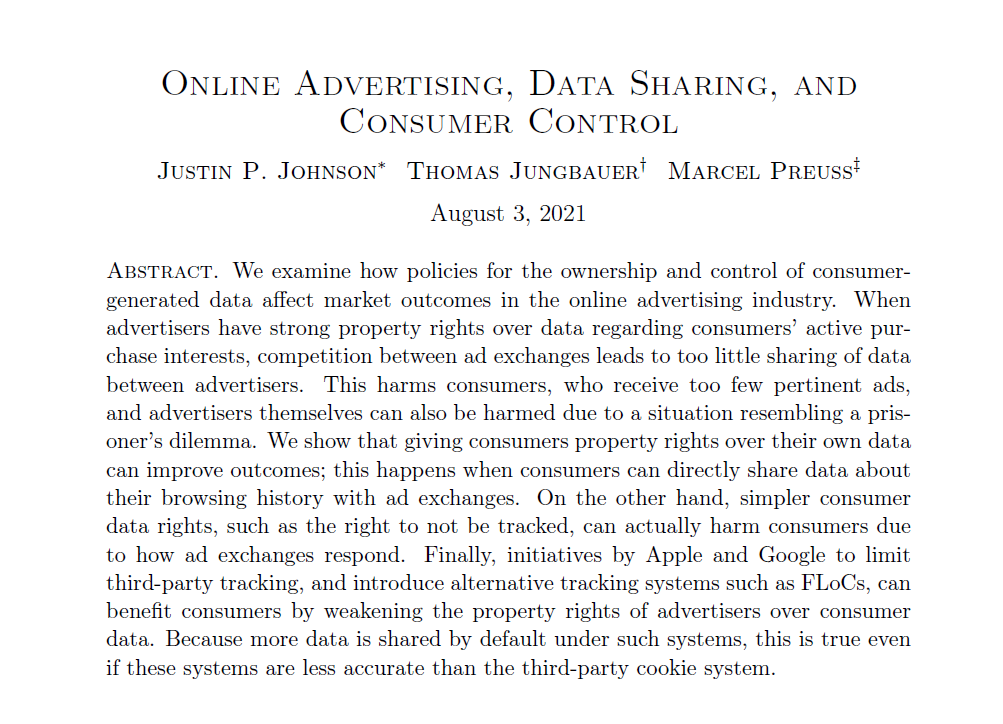
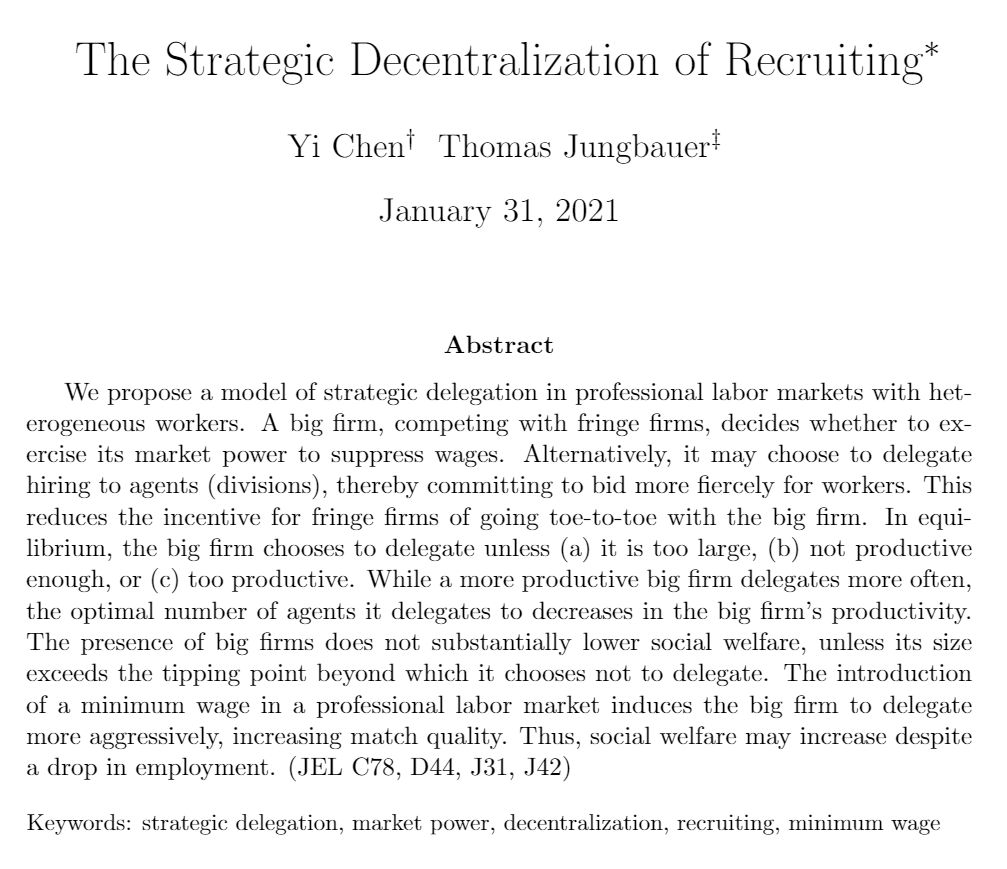
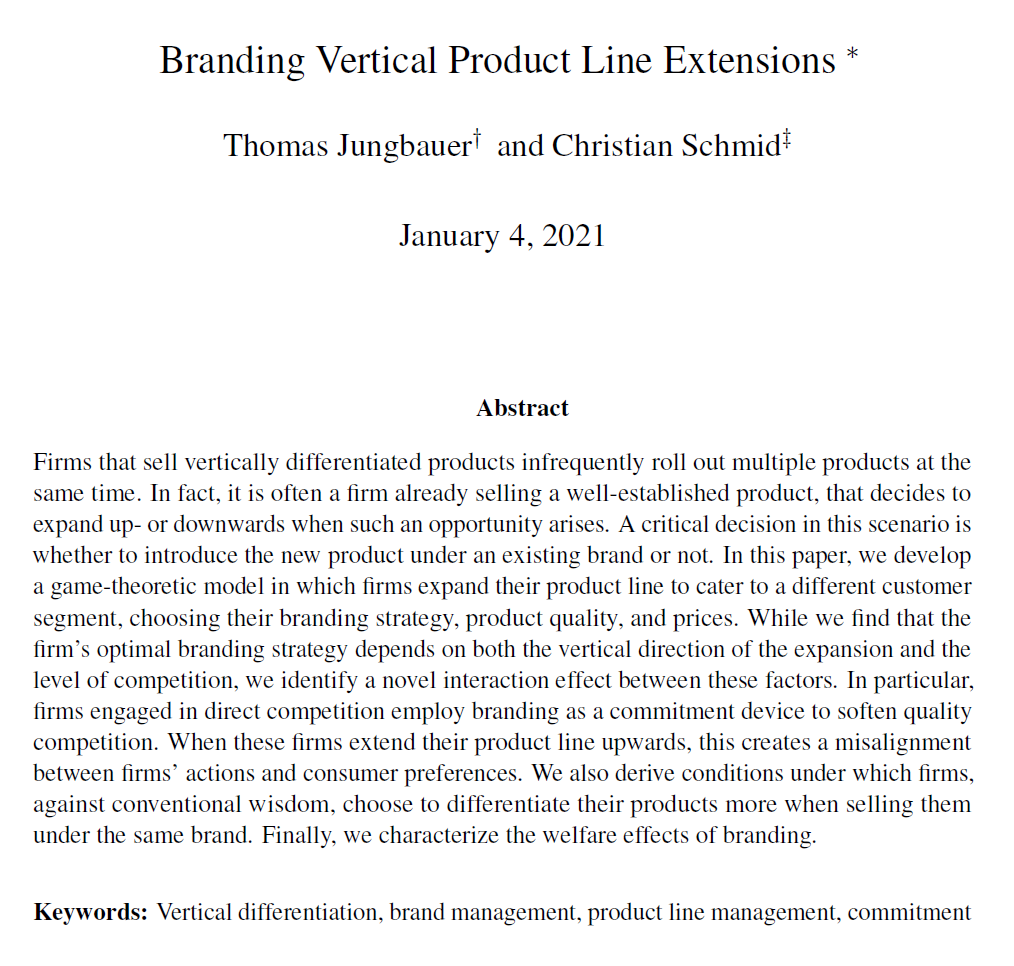

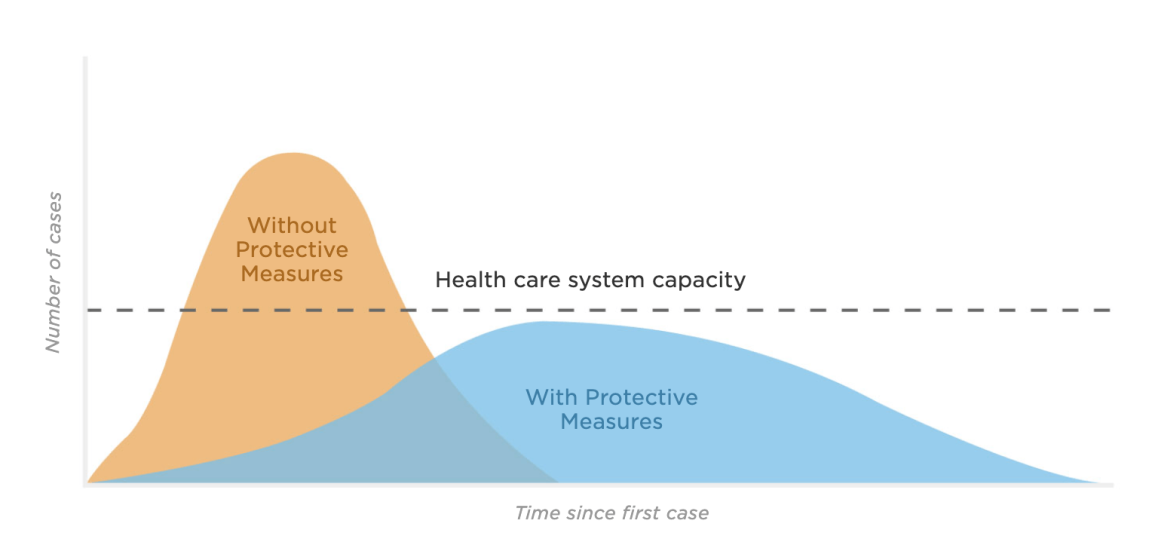
 Not only does the curve get stretched by means of social distancing but the area under the curve, i.e. the number of overall infected people, diminishes. Since I trust that you neither want to see exorbitant numbers of older people and the odd younger ones die, nor that you want to sit at home for the next fifteen years, let’s give it some effort for a change and stop spreading dubious conspiracy theories.
Not only does the curve get stretched by means of social distancing but the area under the curve, i.e. the number of overall infected people, diminishes. Since I trust that you neither want to see exorbitant numbers of older people and the odd younger ones die, nor that you want to sit at home for the next fifteen years, let’s give it some effort for a change and stop spreading dubious conspiracy theories.